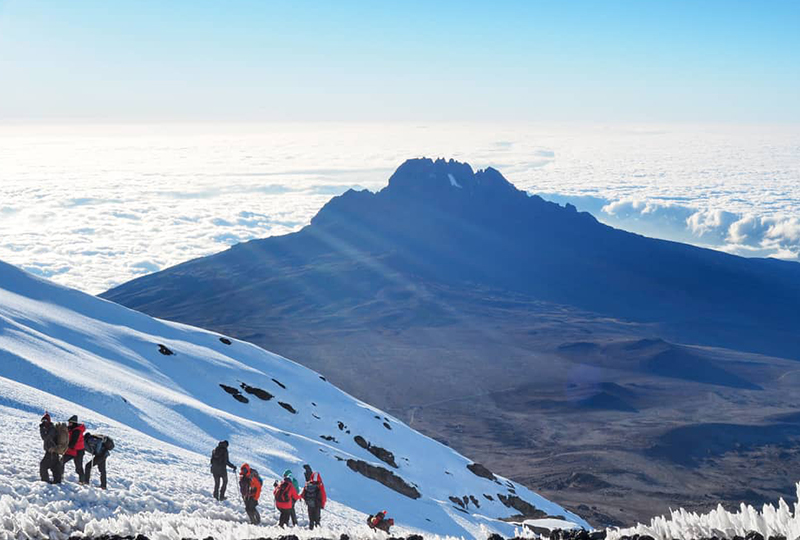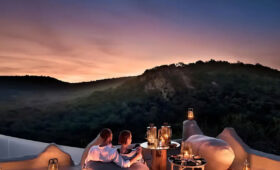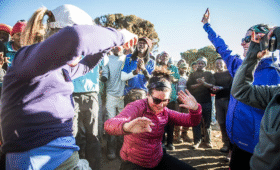Is Climbing Kilimanjaro Safe? What You Should Know
Climbing Mount Kilimanjaro is a bucket-list adventure for thousands of trekkers every year, but many first-time climbers ask: Is it safe?
The answer is yes, with the right preparation, a qualified guide team, and responsible trekking practices, climbing Kilimanjaro is very safe. That said, like any high-altitude trek, it comes with real risks you should understand and prepare for.
At Mandari Travel, your safety is our #1 priority. Here’s what you should know before climbing Africa’s highest mountain.
1. No Technical Climbing, But High Altitude Is Serious
Mount Kilimanjaro is a non-technical trek, meaning no ropes or mountaineering skills are required. You don’t need to be an expert hiker, but you do need to respect the altitude.
The biggest safety risk is altitude sickness, also known as Acute Mountain Sickness (AMS), which can affect anyone above 2,500 meters, even fit, experienced hikers.
Common symptoms include:
- Headache
- Nausea
- Fatigue
- Dizziness
- Shortness of breath
In rare cases, altitude sickness can become life-threatening. That’s why proper acclimatization is critical.
2. How to Stay Safe on the Mountain
Choose a Longer Route
Routes like Lemosho (8 days) and Machame (7 days) give your body more time to adjust to the altitude, increasing both your safety and summit chances.
Climb With an Experienced Operator
With Mandari Travel, you’re in expert hands. Our guides are Wilderness First Responder (WFR) certified and conduct daily health checks, using pulse oximeters and symptom tracking to monitor each climber.
Go “Pole Pole” (Slowly)
Our guides set a deliberately slow pace to help your body acclimate naturally. The slower you go, the better your chances of reaching the summit safely.
Stay Hydrated and Eat Well
Proper nutrition and hydration help your body adapt to the high altitude. Our mountain chefs prepare fresh, energy-rich meals daily.
3. Is Kilimanjaro Safer Than Other High Mountains?
Yes. Kilimanjaro is considered one of the safest high-altitude treks in the world, especially when compared to technical peaks like Everest or Denali.
Key advantages:
- No rock climbing or glacier travel
- Well-established trekking routes
- Professional support teams available year-round
4. Emergency Preparedness with Mandari Travel
We carry:
- Pulse oximeters for monitoring oxygen levels
- Supplemental oxygen (available on request)
- First aid kits on all climbs
- Evacuation plans in place for every route
- Mobile communication with base for updates
Should evacuation be necessary, our team can coordinate with Kilimanjaro National Park rescue services for rapid descent.
Email: info@mandaritravel.com
📞 Call/WhatsApp: +255 750 900 811
Want to Learn More About Trekking Safely?
Let us help you prepare for a safe, responsible Kilimanjaro climb. Fill out the form below to request a free quote and safety guide, including route recommendations and pre-climb tips.




